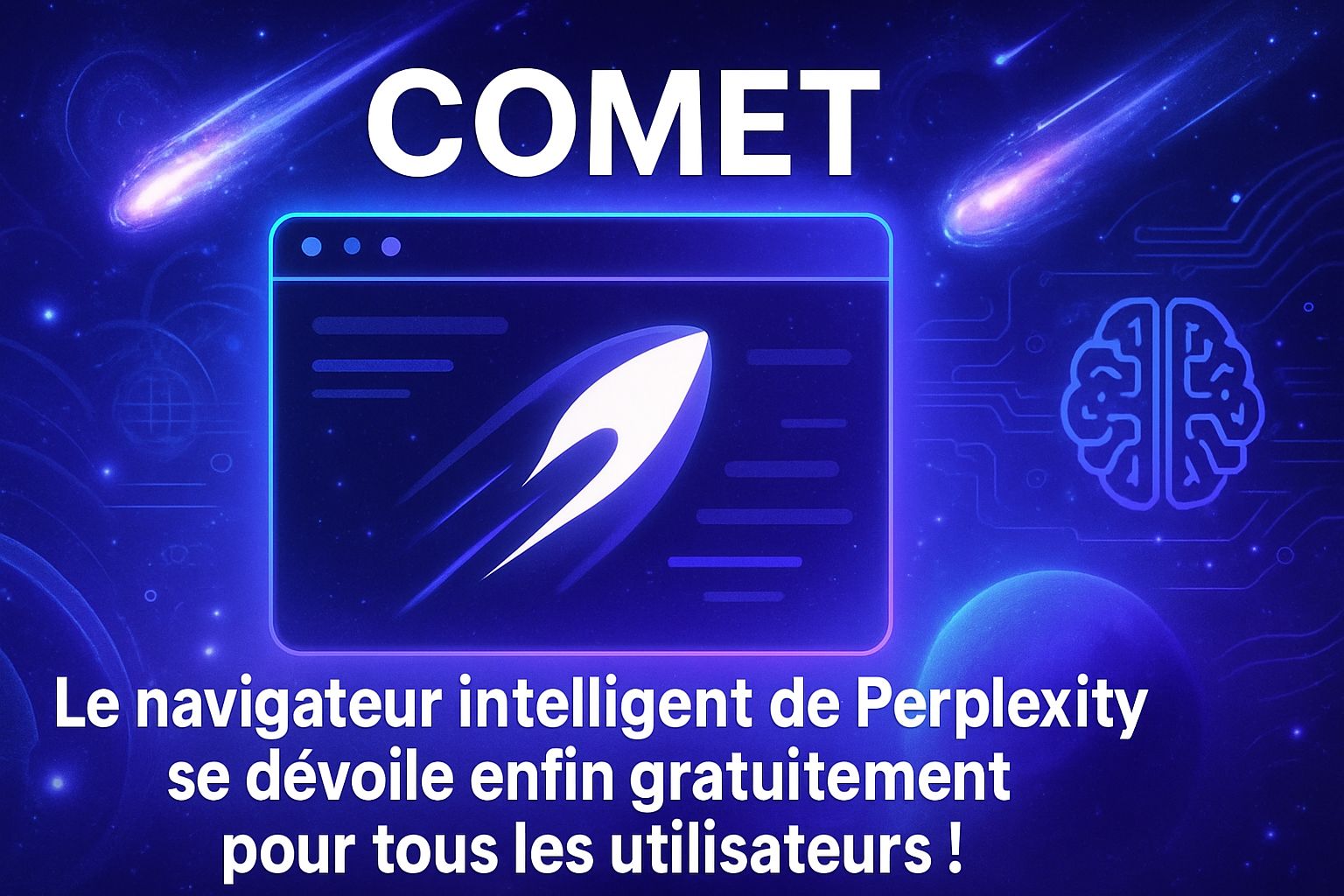The digital transformation of companies determines their future. FDJ, a pioneer in innovation, navigates these turbulent waters with ease. Through the integration of artificial intelligence and automation, the group frees up hours of work and optimizes its crucial processes. *Automation enables constant competition in the market*, while a judicious use of generative AI proves to be decisive in reducing repetitive tasks.
*The potential for performance improvement is immense* in areas often subject to a heavy workload. The synergy between technology and human resources redefines the concept of efficiency within the organization.
Optimization of business processes through generative AI
The FDJ has integrated solutions for automation and generative artificial intelligence to streamline its internal processes. This strategy has led to a significant transformation of administrative tasks, made more efficient by technological innovation. The intelligent agents created enable the processing of previously time-consuming operations, notably email management.
Automated email processing
Each year, the procurement department of the FDJ receives about 10,000 emails from suppliers. These messages cover several recurring topics, such as payment status requests and invoice submissions. To manage this workload, the FDJ has implemented an automated pipeline. This system uses a software robot to extract emails from the inbox, paired with a language model that automatically categorizes messages according to established rules.
When an email is categorized, another robot extracts the relevant data and sends it to the language model to generate an appropriate response. This fully automated solution optimizes response time while maintaining communication quality with suppliers. A mechanism for redirecting to a human remains available for unclassifiable messages.
Simplified compliance audits
The FDJ is subject to strict regulatory requirements, particularly the annual audit of supplier contracts. This process requires verifying the presence of essential clauses, such as compliance with GDPR and security standards. Generative AI plays a crucial role in this mission, allowing the direct extraction of required information without the need for extensive training.
A robot automatically extracts the list of suppliers from the ERP to submit contracts to the AI model. It analyzes PDF documents, generating a compliance report detailing the status of each contract. Thanks to this method, procurement teams can quickly locate contracts that need modifications.
Visual control with computer vision
As part of updating its visual identity, the FDJ has deployed computer vision technology. This applies to its 27,000 sales points to ensure compliance with the new graphic elements, such as logos and signage. The use of a computer vision model allows for the automation of installation verification.
The photos submitted by installers on the FDJ platform are analyzed by the system. It assigns a confidence score to evaluate compliance with the established visual standards. This automation significantly reduces manual checks on-site.
Measurable return on investment
The automation department of the FDJ, launched in 2021, applies a standardized calculation to evaluate the return on investment of its generative AI initiatives. The time spent by an employee on a task is multiplied by their daily cost, then total investment in development and licenses is deducted. This method has led to savings of up to 8,500 hours of work across 70 automated processes.
The FDJ model demonstrates that artificial intelligence and automation can deliver tangible and measurable value. Only organizations willing to directly experiment with these new technologies can hope to benefit from a deep digital transformation.
Data security ensured
To ensure the security of its data, the FDJ relies on the AI Trust Layer provided by UiPath. This system ensures that the company’s data remains protected from any external exposure. By using this architecture, the FDJ harnesses powerful AI models, such as GPT or Claude, while keeping its information within its private infrastructure, thereby reducing the risk of data leaks.
User FAQ: FDJ and Artificial Intelligence
How does the FDJ use artificial intelligence to process supplier emails?
The FDJ has implemented an automated system that processes up to 10,000 emails per year. A software robot extracts the emails, which are then categorized by a LLM (Large Language Model) before appropriate responses are automatically generated based on the category of each message.
What benefits does generative AI bring to supplier contract audits?
The use of generative AI allows direct analysis of contracts in natural language, without prior learning phase. This facilitates the verification of compliance with mandatory clauses, simplifying the audit process for purchasing teams.
What types of tasks have been automated at the FDJ thanks to AI?
The FDJ has automated processes such as email processing, compliance auditing of contracts, and visual identity control in its sales points, which has saved thousands of hours of work.
Why does the FDJ favor UiPath’s generative AI?
The FDJ relies on UiPath’s generative AI because of the protection provided by the AI Trust Layer, which preserves the confidentiality of internal data and ensures that it is not exposed on the Internet.
How is the return on investment (ROI) for automation solutions evaluated at the FDJ?
The ROI is calculated by multiplying the time initially spent by an employee on a task by their daily cost, then subtracting the overall investment made in the development and licenses of the automation.
What has been the impact of automation on working hours at the FDJ?
The automation department of the FDJ has demonstrated its effectiveness by saving 8,500 hours across its 70 automated processes, thus freeing up time for higher value-added tasks.
How does the use of computer vision benefit the FDJ?
Computer vision allows the FDJ to automatically control the deployment of its new visual identity across its 27,000 sales points by analyzing the photos provided by installers and validating the compliance of the new graphic elements.






